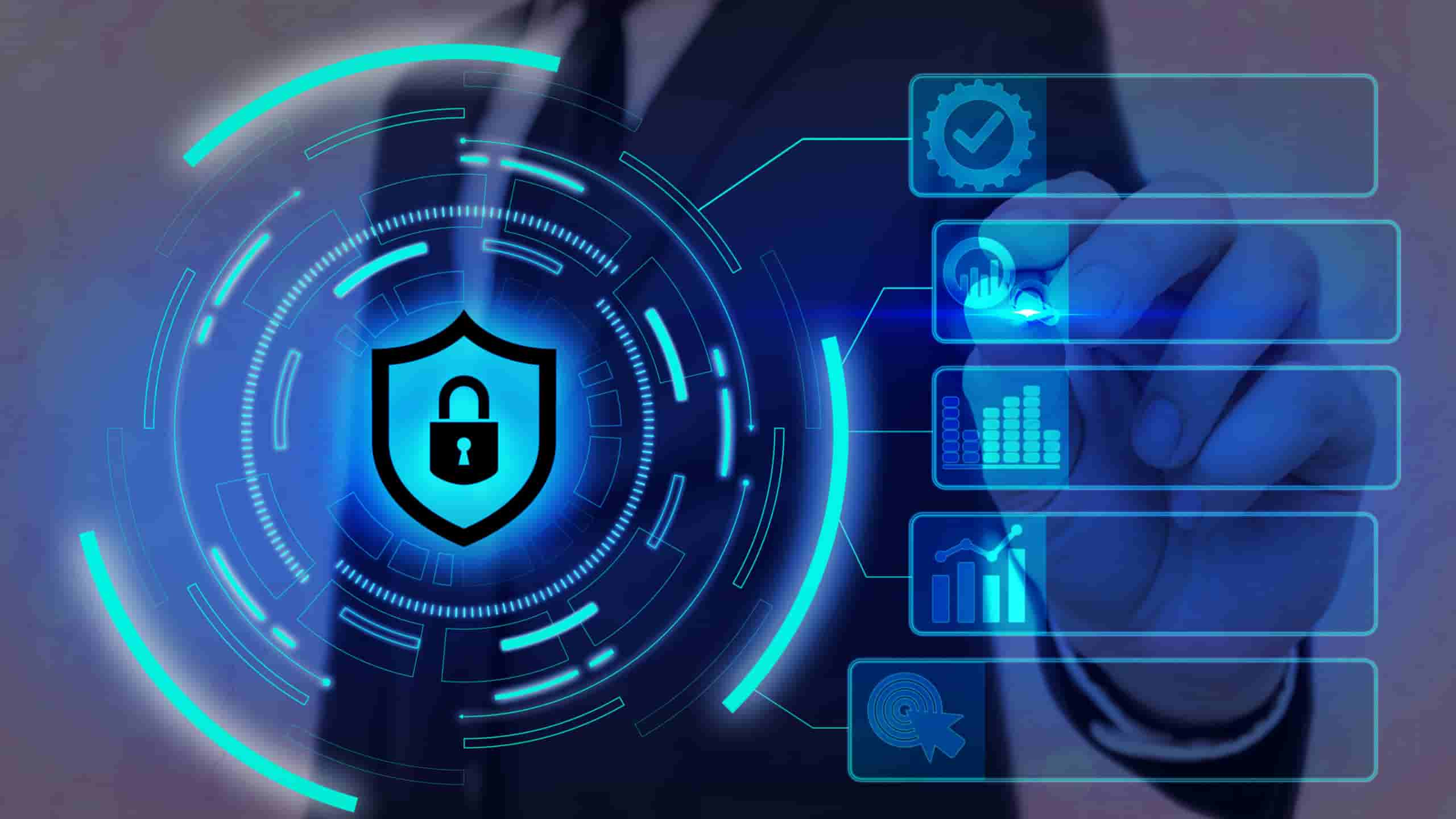

This requires ongoing training and professional development, which can be time-consuming and costly for organizations. Additionally, communication can be a significant hurdle for IT support teams. Ensuring clear and effective communication with users who may not have a technical background can be challenging, leading to misunderstandings or misinterpretations that can further complicate the issue at hand. Furthermore, coordinating with other departments within the organization to address larger system-wide problems or implement new solutions can also present challenges. Lastly, resource constraints can pose a major obstacle for IT support teams.
This lack of resources can lead to burnout among team members and ultimately impact their overall performance. In conclusion, IT support teams face numerous challenges in their day-to-day operations that require them to be resilient, adaptable, and collaborative in order to overcome obstacles and provide quality service to users. By addressing these challenges head-on through effective communication, ongoing training, and adequate resource allocation, organizations can empower their IT support teams to thrive in an increasingly complex technological landscape. How to troubleshoot common IT issues in the workplaceTroubleshooting common IT issues in the workplace can be a frustrating and time-consuming task, but with the right approach, you can quickly identify and resolve these problems without too much hassle.
The first step in troubleshooting an IT issue is to identify the root cause of the problem. Take note of any error messages or unusual behavior that could provide clues as to what might be going wrong. It's also helpful to check if other users are experiencing similar problems, as this could indicate a larger issue affecting multiple systems. Once you have identified the possible cause of the problem, try some basic troubleshooting steps to see if you can resolve it on your own.
This could include restarting the affected device, checking for software updates, or reinstalling drivers or applications. In many cases, simply rebooting a computer or device can fix minor issues and get things back up and running smoothly. If basic troubleshooting steps don't solve the problem, it may be necessary to seek help from your IT department or an external support provider. Provide them with as much information as possible about the issue you're experiencing, including any error messages or steps you've already taken to try and resolve it.
In some cases, IT issues in the workplace may require more extensive repairs or upgrades to fully resolve. If this is the case, work closely with your IT team to come up with a plan for addressing the problem and minimizing disruption to your workday. They may need to schedule downtime for maintenance or order replacement parts for faulty hardware.
Overall, troubleshooting common IT issues in the workplace requires patience, attention to detail, and effective communication with your IT support team. By following these steps and staying proactive about resolving problems as they arise, you can minimize downtime and ensure that your technology remains reliable and efficient for all employees. How to set up a helpdesk system for efficient IT supportSetting up a helpdesk system for efficient IT support is crucial in today's fast-paced business environment. A well-designed helpdesk system can streamline the process of resolving technical issues, improve customer satisfaction, and increase productivity within your organization. To start setting up a helpdesk system, you need to first identify the specific needs and requirements of your organization.
Once you have a clear understanding of your organization's needs, it's time to choose a helpdesk software solution that aligns with those requirements. There are many options available in the market, ranging from simple ticketing systems to more advanced tools that offer features such as knowledge base integration and automated workflows. After selecting a helpdesk software solution, it's important to configure the system according to your organization's preferences. This includes setting up custom fields for capturing relevant information about support requests, creating categories for organizing tickets based on their urgency or complexity, and defining service level agreements (SLAs) to ensure timely resolution of issues.
This includes defining roles and responsibilities within your IT support team, establishing escalation paths for unresolved issues, and implementing a feedback mechanism to gather insights from users on the quality of support they receive. Finally, ongoing monitoring and optimization are key aspects of maintaining an efficient helpdesk system. Regularly reviewing performance metrics such as response times, resolution rates, and customer satisfaction scores can help identify areas for improvement and drive continuous enhancements to your IT support operations. By following these steps and investing in a well-designed helpdesk system, you can create an efficient IT support infrastructure that not only meets the needs of your organization but also enhances user experience and drives overall business success.
A well-organized and comprehensive knowledge base can not only streamline the support process but also improve customer satisfaction and overall efficiency. To start building a successful knowledge base, it is important to first identify the most common issues faced by users. This could include hardware or software problems, network connectivity issues, or any other technical difficulties that may arise. By understanding these pain points, you can tailor your knowledge base to address these specific issues effectively.

Next, it is essential to organize the information in a clear and user-friendly manner. This includes categorizing articles based on topic or difficulty level, providing step-by-step instructions with screenshots or videos if necessary, and ensuring that all content is up-to-date and relevant. Users should be able to easily navigate through the knowledge base and find solutions to their problems quickly. In addition to written documentation, incorporating interactive elements such as forums or chatbots can further enhance the user experience. These tools allow users to ask questions in real-time and receive immediate assistance from support staff or other community members.
Regularly updating and maintaining the knowledge base is also key to its success. As technology evolves and new issues arise, it is important to keep the content current and accurate. This may involve regularly reviewing existing articles, adding new ones as needed, and seeking feedback from users on how to improve the knowledge base further. Overall, creating an effective knowledge base for IT support solutions requires careful planning, organization, and ongoing maintenance.
By investing time and resources into developing a comprehensive resource for users, you can significantly improve the efficiency of your support team while enhancing customer satisfaction levels. How to improve response times for IT support ticketsIn today's fast-paced world, efficient IT support is crucial for the smooth operation of businesses. One key aspect of providing excellent IT support is improving response times for support tickets. When employees encounter technical issues, they need timely assistance to minimize downtime and keep productivity high.
First and foremost, having a dedicated team of skilled IT professionals who are readily available to address issues is essential. By having a team that is well-trained and knowledgeable in various technologies, they can quickly troubleshoot problems and provide solutions in a timely manner. Another important factor in improving response times is implementing an effective ticketing system.

This system should allow users to easily submit their requests and enable IT staff to prioritize and track each ticket efficiently. By streamlining the ticketing process, issues can be addressed promptly and without any confusion. Regular monitoring and analysis of ticket data can also help identify common trends or recurring issues that may be causing delays in response times. By addressing these underlying problems, IT teams can work towards preventing future occurrences and providing faster resolutions to users. Additionally, implementing self-service options such as knowledge bases or FAQs can empower users to troubleshoot common issues on their own before reaching out for support. This not only reduces the volume of incoming tickets but also allows IT staff to focus on more complex problems that require immediate attention.
Providing regular updates on the status of tickets and setting realistic expectations regarding resolution times can help manage user frustrations and build trust in the support process. In conclusion, by investing in skilled personnel, efficient systems, proactive monitoring, self-service options, and clear communication channels, businesses can greatly improve response times for IT support tickets. This not only enhances user satisfaction but also contributes to overall productivity and success within an organization. How to train employees on basic IT troubleshooting techniquesTraining employees on basic IT troubleshooting techniques is a crucial aspect of ensuring smooth operations within any organization. In today's digital age, technology plays a vital role in the day-to-day functions of businesses, and having employees who are equipped with the necessary skills to troubleshoot common IT issues can be invaluable.
One key aspect of successful training is to make sure that the content is tailored to the specific needs and skill levels of the employees being trained. This means taking into account factors such as their prior experience with technology and their comfort level with using various devices and software. Another important consideration when training employees on IT troubleshooting techniques is to provide them with hands-on practice opportunities. Theory can only take an individual so far; practical experience is essential for truly grasping how to troubleshoot common IT issues effectively. By providing employees with real-world scenarios to work through, they can develop their problem-solving skills and gain confidence in their ability to handle technical challenges.
Additionally, incorporating interactive elements into the training process can help keep employees engaged and motivated. This could include group discussions, role-playing exercises, or even gamified learning modules that make the training sessions more enjoyable and memorable. It is also essential to ensure that employees have access to ongoing support resources after completing their initial training. Technology is constantly evolving, and new issues may arise that require additional knowledge or skills. Providing access to resources such as online tutorials, forums, or help desks can empower employees to continue expanding their IT troubleshooting abilities over time. In conclusion, training employees on basic IT troubleshooting techniques requires a thoughtful approach that takes into account their individual needs and learning styles.
This investment in employee training can ultimately lead to increased productivity, efficiency, and job satisfaction within the workplace. How to conduct regular maintenance checks on company devices for optimal performanceRegular maintenance checks on company devices are crucial for ensuring optimal performance and preventing costly downtime. By incorporating a consistent schedule of maintenance into your routine, you can extend the life of your equipment and maximize its efficiency. To conduct regular maintenance checks on company devices, start by creating a checklist that outlines the specific tasks to be performed. This could include cleaning components, checking for software updates, testing functionality, and inspecting for any signs of wear or damage.
This may involve using specific tools or techniques to safely clean sensitive components or performing diagnostic tests to identify potential issues before they escalate. In addition to physical maintenance, it's also crucial to regularly update software and firmware on your devices. Software updates often contain patches for security vulnerabilities or performance enhancements that can improve the overall function of your equipment. By staying current with these updates, you can protect your devices from cyber threats and keep them running smoothly. By incorporating regular maintenance checks into your company's operational routine, you can proactively address potential issues before they become major problems.
Overall, investing time and resources into maintaining company devices is essential for optimizing performance and prolonging their lifespan. By following a consistent schedule of maintenance checks and staying proactive in addressing any issues that arise, you can keep your equipment running smoothly and efficiently while minimizing disruptions to workflow. How to establish remote IT support services for offsite workersWith the rise of remote work in recent years, establishing IT support services for offsite workers has become more important than ever. Providing remote IT support ensures that employees have access to the necessary tools and resources to effectively do their jobs from any location. There are several key steps to consider when setting up remote IT support services for offsite workers.

A slow computer can be due to various reasons, including insufficient RAM, too many background programs, malware, or a fragmented hard drive.
IT support refers to services that assist with the maintenance, installation, and troubleshooting of technology-related issues, including hardware, software, and network systems.
If you suspect a virus, disconnect from the internet, run a full antivirus scan, and contact IT support for further assistance.